5 foods to eat more of this winter
By naturopath Margaret Jasinska
Winter seemed to arrive early and all of a sudden for many parts of Australia this year. One day we were sweltering in summer-like heat and the next, snow had fallen and with it came icy winds. It’s easier to be motivated to eat well in the summer months; the days are longer, it’s easier to be active and there are no baggy jumpers to hide under.
A lot of people become more relaxed with their eating during winter, eating larger portions and consuming foods they don’t typically eat during summer. There are still plenty of tasty foods to eat during the cooler months. Depending on how you look at it, it can be easier to eat well. A large batch of soup or slow cooked stew can be frozen and you’ll have leftovers for those nights you come home, it’s late and freezing and you’re starving. Being organised with your diet is critical if you want to eat well. Planning and preparing meals in advance should go a long way to keeping you on track with healthy eating.
Here are some foods to include in your diet right now.
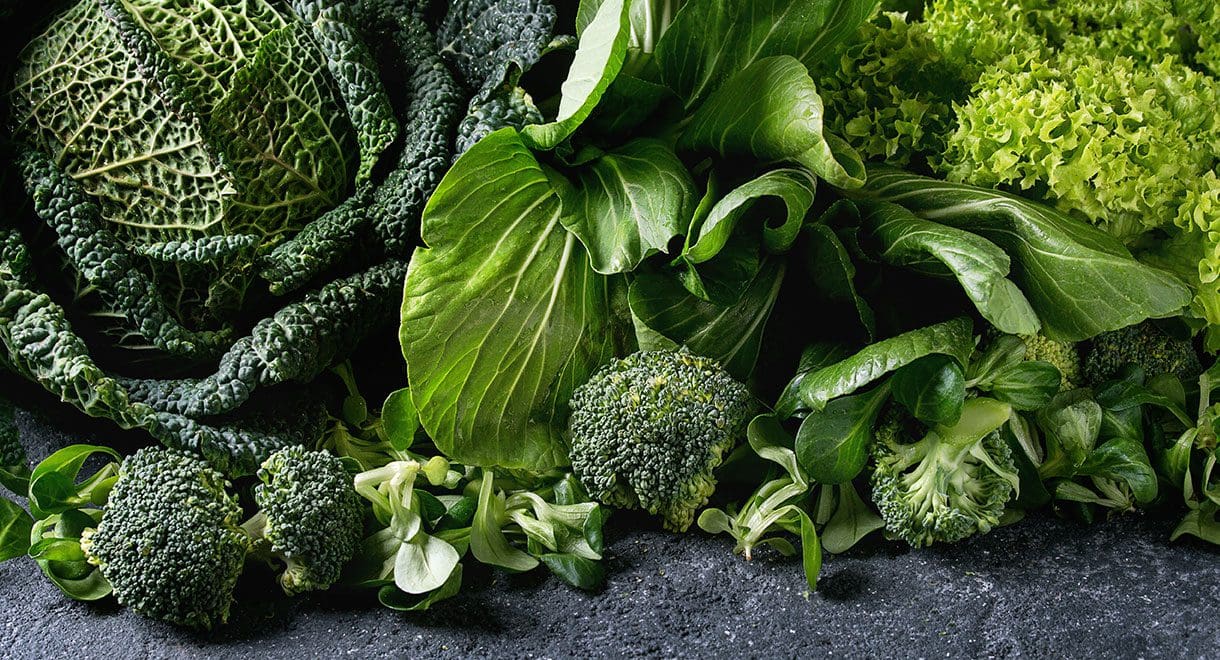
1. Leafy greens
Many people go off salads during the winter months and that’s not surprising. A cold tuna salad for lunch on a cold day can leave you feeling dissatisfied and searching for chocolate a couple of hours later. Now is the time to add leafy greens to your soups, stews, casseroles and curries. Spinach, bok choy, silverbeet, broccoli and broccolini are all high in vitamins and minerals, chlorophyll and carotenoids. These compounds are important for detoxification and immune health. Heating these foods does reduce vitamin content slightly, but you will still obtain a lot of nutrition from them. The Dr Cabot Ultimate Superfood powder is packed with vitamins and minerals and 28 superfoods and greens. It can help to top up the nutrients and antioxidants in your diet when you may be missing out.
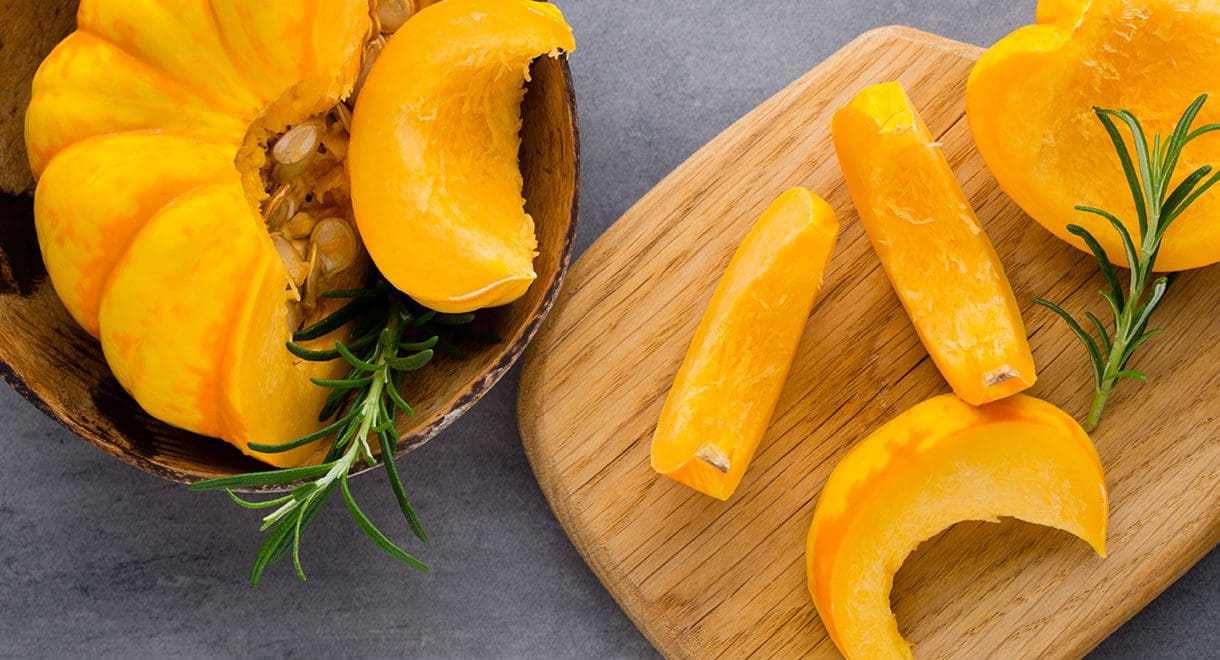
2. Pumpkin
Pumpkin is a creamy, delicious vegetable that is low carb. It’s a great substitute for potatoes, rice, noodles and pasta. You can roast or steam pumpkin and top it with bolognaise or a curry. Pumpkin is wonderful added to stews because it dissolves in cooking and thickens a stew, without the need for flour.
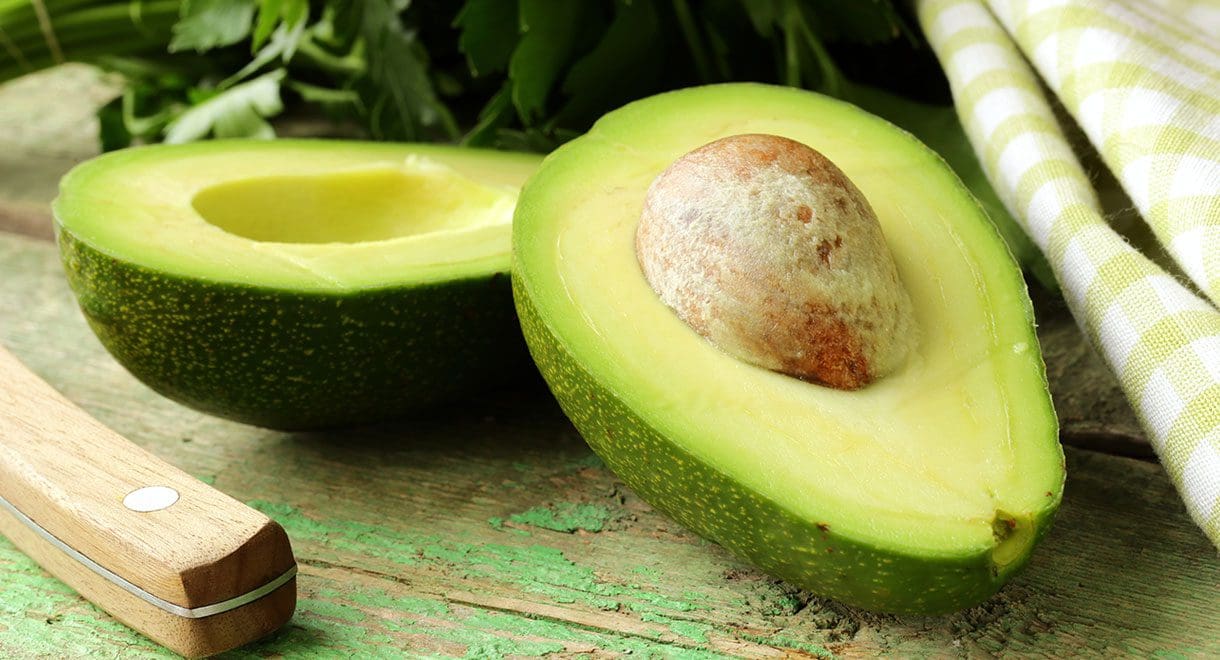
3. Avocado
When is it not a good time to eat more avocado? One of the great things about avocados is they make a boring salad creamy, delicious and also more filling. Studies have been done showing that people who added avocado to their lunch ended up eating less later in the day and were less inclined to snack on unhealthy foods in the afternoon. If you add avocado to your dinner you are less likely to search for snacks in the evening.
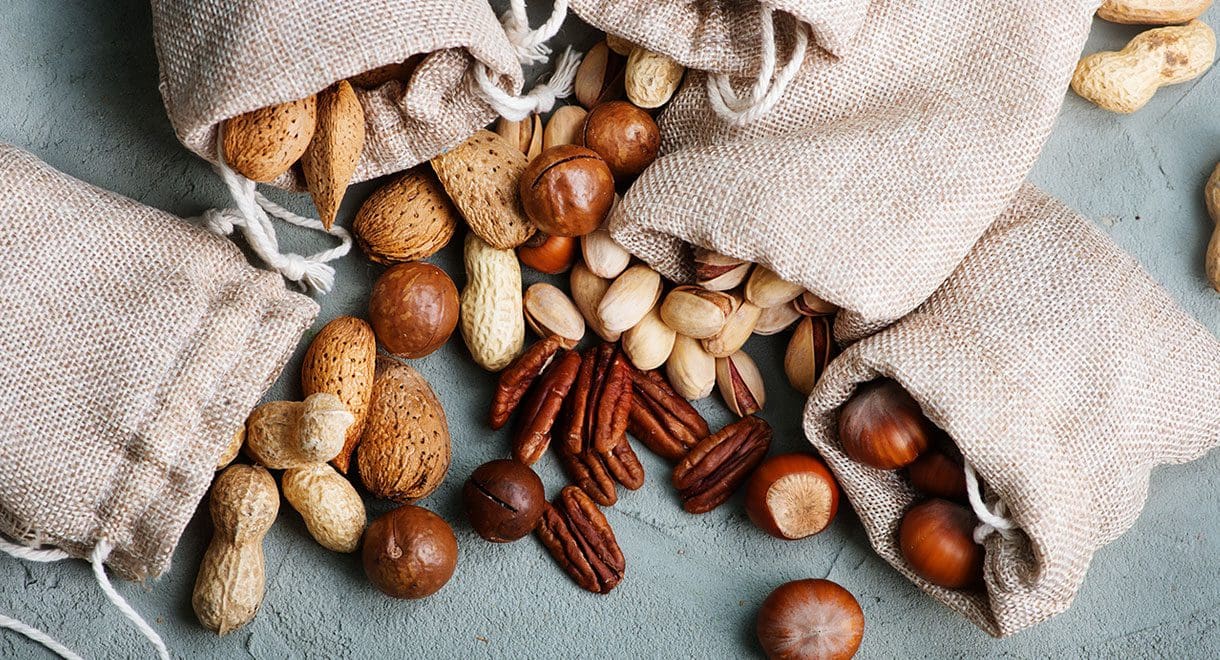
4. Nuts
Nuts make a quick, easy and delicious snack that travels well. A lot of people who are trying to lose weight avoid nuts, fearing that their high fat content will inhibit weight loss. Sure it’s possible to over do it if you eat the entire bag on the sofa, but a handful a day should fit into most people’s healthy eating plan. It’s a good idea to keep some nuts in your handbag, at work or in the car. That way if you are starving and a meal is delayed, you’ll have something healthy to tide you over until your next meal. You can also roast nuts and sprinkle them with a little good quality salt. This is a great way to prevent snacking on potato or corn chips.
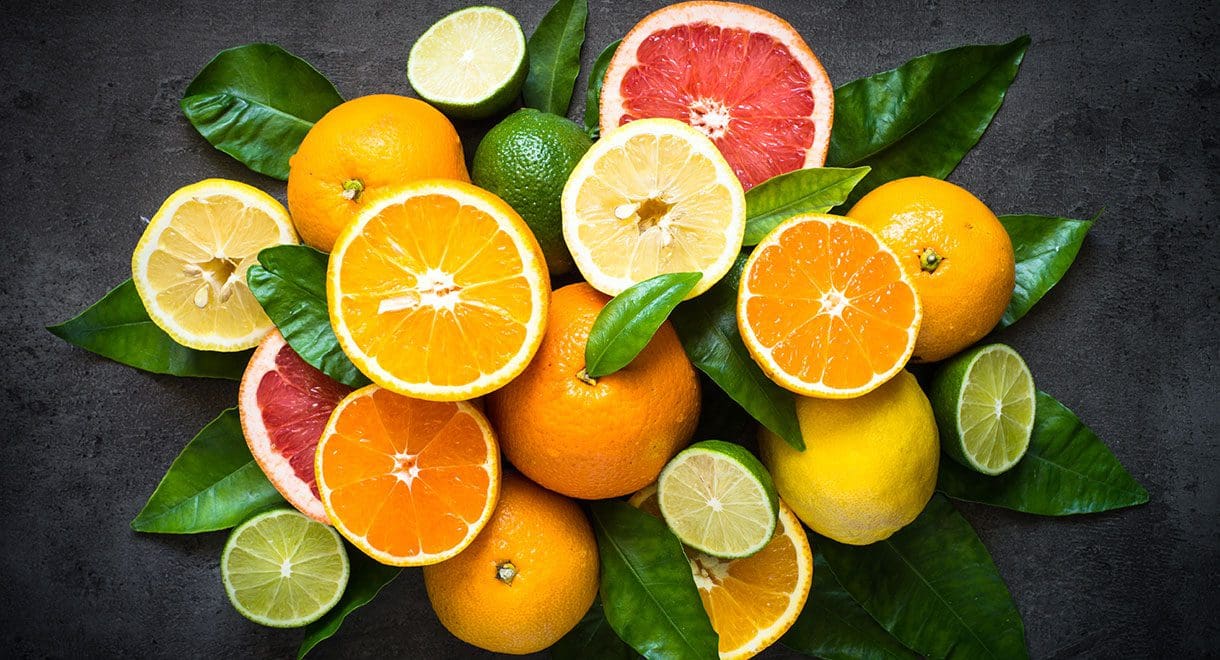
5. Citrus fruits
Citrus is in season during autumn and winter, so make the most of it while it’s cheap and plentiful. Oranges and mandarins make a great snack or can be sliced into salads. Lemon juice and lime juice make a great salad dressing. I particularly like the combination of lime juice and macadamia nut oil. If you have a cold or flu, adding some lemon juice and freshly grated ginger to a mug of hot water will keep you hydrated, give you nutrients to fight the infection and can ease a cough.


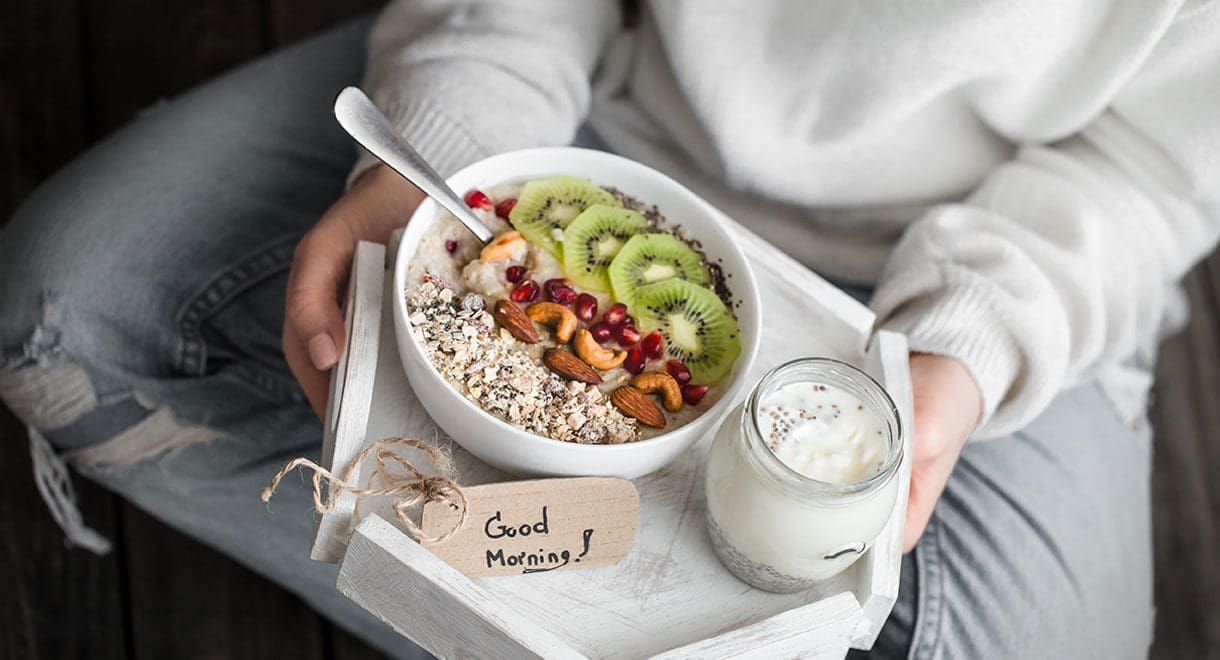






Leave A Comment